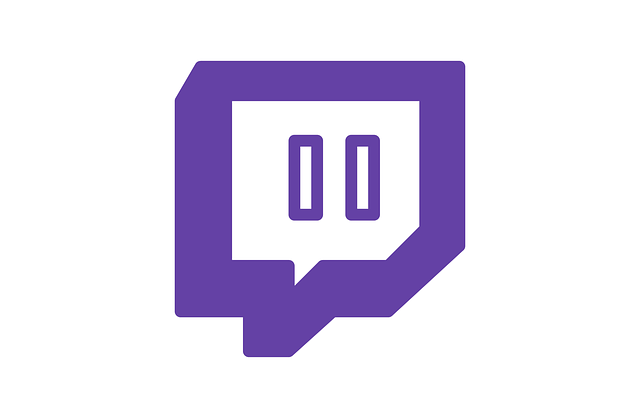Twitch has become one of the most popular platforms for gamers, creatives, and influencers to connect with their audience. Whether you’re passionate about gaming, art, or live discussions, Twitch offers a unique space to showcase your talents and build a dedicated following. If you’ve been wondering how to stream on Twitch and grow your presence, this guide will walk you through everything you need to know to get started and get popular on Twitch.
1. Setting Up Your Twitch Account
The first step to streaming on Twitch is to create an account. Go to Twitch.tv and sign up for a free account. Once you’ve signed up, you can personalize your profile with a catchy bio, profile picture, and channel banner. These elements are crucial for branding and will help attract viewers to your channel.
You can also connect your Twitch account to social media platforms like Twitter and Instagram to make it easier for your followers to stay updated. Selecting a memorable and recognizable username is key to building your brand on the platform.
2. Essential Equipment for Streaming
To deliver a professional-quality stream, you’ll need the right equipment. Here’s a list of the essential hardware:
- PC: A gaming PC or laptop is necessary for handling high-quality video processing.
- Webcam: A good webcam adds a personal touch to your streams, allowing viewers to see you while you play or interact.
- Microphone: Clear audio is crucial, so invest in a quality microphone for crisp sound.
- Headset: A headset will help you communicate with your audience while ensuring your microphone picks up only your voice.
Along with these essentials, you might want to invest in extra tools like lighting kits, green screens, or stream overlays to enhance your stream’s visual quality.
3. Setting Up Your Streaming Software
Once you have your equipment ready, it’s time to choose and configure your streaming software. OBS Studio (Open Broadcaster Software) and Streamlabs are two popular options used by Twitch streamers.
- OBS Studio: This free software is flexible and offers a variety of customization options. You can add scenes, sources (such as game footage, webcam, or chat windows), and overlays.
- Streamlabs: Similar to OBS, but with additional features like built-in alerts and themes.
After installing the software, set up your scenes, sources, and overlays. Be sure to adjust the video settings (resolution, frame rate) and optimize your bit rate for smooth streaming.
4. Configuring Your Twitch Channel
Your Twitch channel is your online space, so make it appealing. Set an eye-catching stream title that clearly tells viewers what you’re doing, whether it’s playing a game, hosting a Q&A session, or doing a creative project.
You can also integrate alerts that notify viewers when you get new followers, subscribers, or donations. These alerts help create engagement and show your appreciation for your community’s support.
To take things further, customize your channel layout by adding panels with information about your stream, social media links, or even a donation link. A clean, professional channel layout is essential for drawing in viewers.
5. Engaging with Your Audience
Twitch is a highly interactive platform, so engaging with your audience is crucial. Reply to comments in the chat and respond to questions or suggestions. Interacting with your viewers helps create a sense of community and makes your stream more enjoyable for your followers.
Another great way to interact is through Twitch extensions that add interactive features to your stream, such as polls, trivia, or real-time stats.
6. Best Practices for Streaming
Consistency is key when it comes to streaming. Set a regular schedule for your streams, whether it’s every weekday evening or a weekend morning session. Regularity builds anticipation and helps you grow your audience.
In addition to consistency, promote your streams on social media. Share updates on Twitter, Instagram, and even YouTube. The more you put yourself out there, the more opportunities you’ll have to connect with new viewers.
Networking with other streamers can also help you grow. Collaborating on streams or hosting each other can introduce your channel to their followers, increasing your exposure.
7. Monetization on Twitch
Once you have an established audience, you can start monetizing your Twitch channel. Twitch offers two main ways to earn money: the Twitch Affiliate Program and the Twitch Partner Program.
With Affiliate status, you can earn money through ads, subscriptions, and donations. To achieve Partner status, you’ll need to meet certain requirements, such as streaming a certain number of hours and gaining a steady number of followers and viewers.
Sponsorship opportunities are another lucrative way to earn money. As you gain popularity, brands may reach out to collaborate or sponsor your stream in exchange for promoting their products.
8. Improving Your Stream and Troubleshooting
As you continue streaming, take feedback from your viewers and make necessary improvements. Stream quality issues such as lag, buffering, or poor audio can negatively affect your viewership. Troubleshooting tools like Twitch Inspector can help you identify and resolve these issues quickly.
It’s also important to improve your content over time. Experiment with new games, different formats, or additional engagement methods to keep things fresh for your audience.
9. Conclusion
Getting started on Twitch is just the beginning. To truly succeed, you need to focus on consistency, engagement, and quality. As you continue to grow and improve, you’ll have the opportunity to get popular on Twitch and build a community of loyal followers.
For more tips and tricks on how to enhance your streaming journey, visit Streamoz. With the right equipment, software, and dedication, you can take your Twitch stream to new heights!














